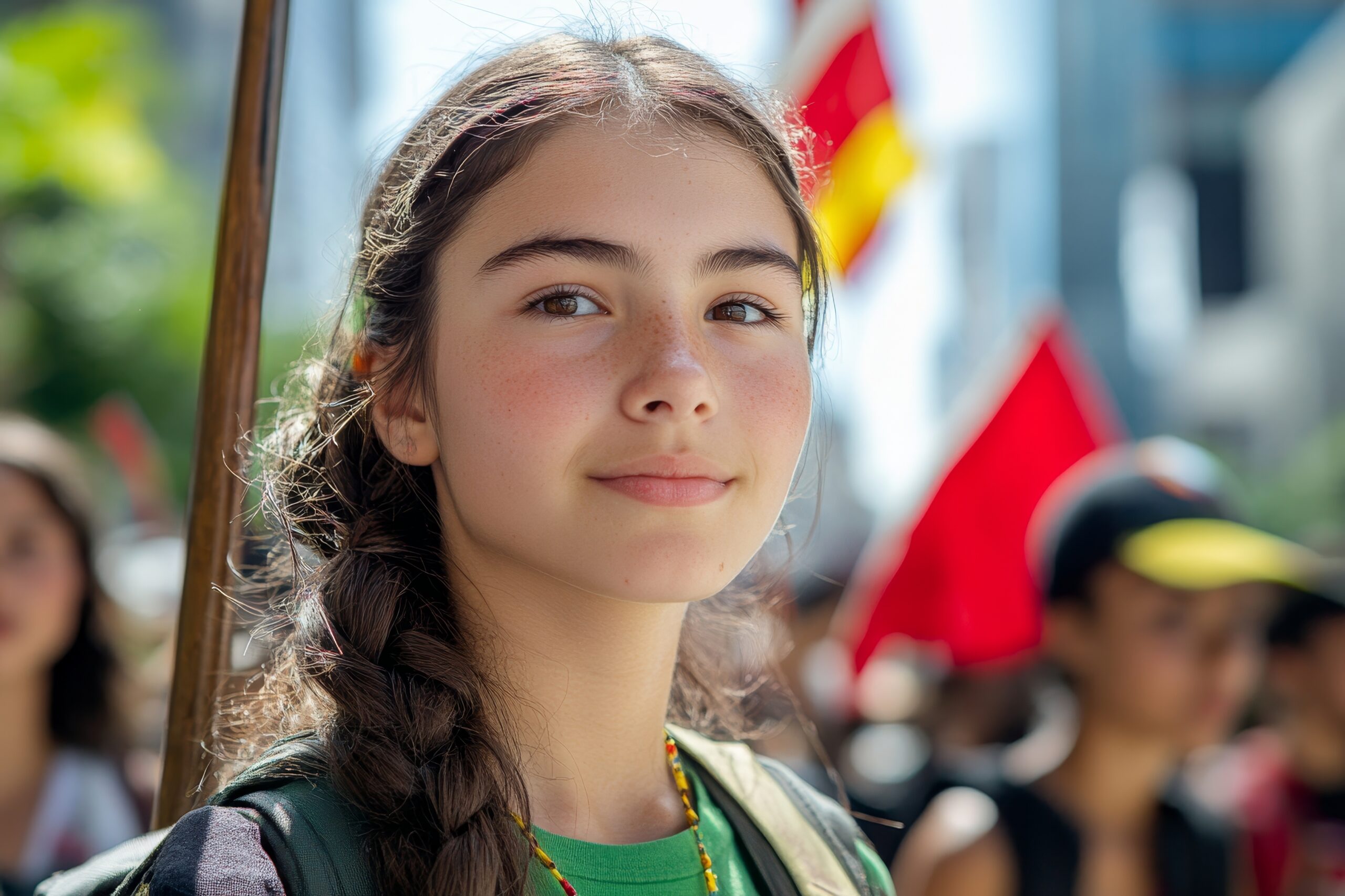The term ‘climate justice’ has become a central concept in the debate on climate change in recent years. However, what exactly does ‘climate justice’ mean? In addition, why does it play a crucial role in shaping a sustainable and fair future?
What is climate justice? Why is it important?
Climate justice addresses the social, economic and political dimensions of the climate crisis. It recognizes that the causes and effects of climate change are unequally distributed around the world. It also recognizes and addresses the injustices caused by climate change. The following aspects are highlighted:
- Global inequality: Developing countries are often the hardest hit by the effects of climate change, even though they have the lowest greenhouse gas emissions. In terms of climate justice, developed countries that have historically emitted the most should take responsibility and support these countries.
- Intergenerational justice: Today’s generations have a responsibility to leave the Earth in a state worth living on for future generations. This means promoting sustainable practices to avoid long-term damage.
- Social justice: There are social inequalities within countries and communities that are exacerbated by climate change. Disadvantaged communities, such as low-income households, women and indigenous peoples, are more vulnerable to the negative impacts of climate change than other groups in society. The aim of climate justice is therefore to recognize and address these inequalities.
- Participation: In order to achieve climate justice, it is essential that all those affected are involved in decision-making processes. In particular, those most affected by the impacts of climate change must be involved in the planning and implementation of policy and government action.
- Responsibility and accountability: Countries and companies should be held accountable for their environmental emissions. This can be achieved through regulatory frameworks and transparency.
Climate justice aims to create a just and sustainable world in which all people and living things, regardless of their geographical location or social status, have the opportunity to adapt to the challenges of climate change and to mitigate its impacts.
The role of developed countries
A low-carbon future means that developed countries must not only drastically reduce their own emissions, but also actively contribute to financing mitigation and adaptation in poorer countries. This can be done, for example, through the Green Climate Fund, which provides developing countries with financial resources to protect themselves from the impacts of climate change and promote sustainable development.
Climate justice in everyday life – what can we do?
- Get informed and take action: By staying informed and making green choices, we can help reduce CO₂ emissions. A climate-friendly world means each of us taking responsibility.
- Individual commitment: By supporting and demanding political action for greater climate justice, politicians can be persuaded to adopt fairer climate policies.
- Sustainable investment: Investing in companies that represent sustainable and fair values helps to promote a more climate-friendly economy.
Conclusion
Climate justice is not an easy goal to achieve, but a process that requires long-term commitment and collective responsibility. It is also a necessity if we want to effectively combat, or at least mitigate, climate change in order to leave a livable environment for future generations.
11/2024, Mag. Monika Romaniewicz, legal associate at Koloo Projects

